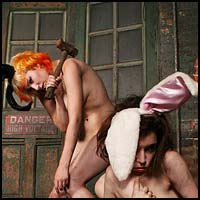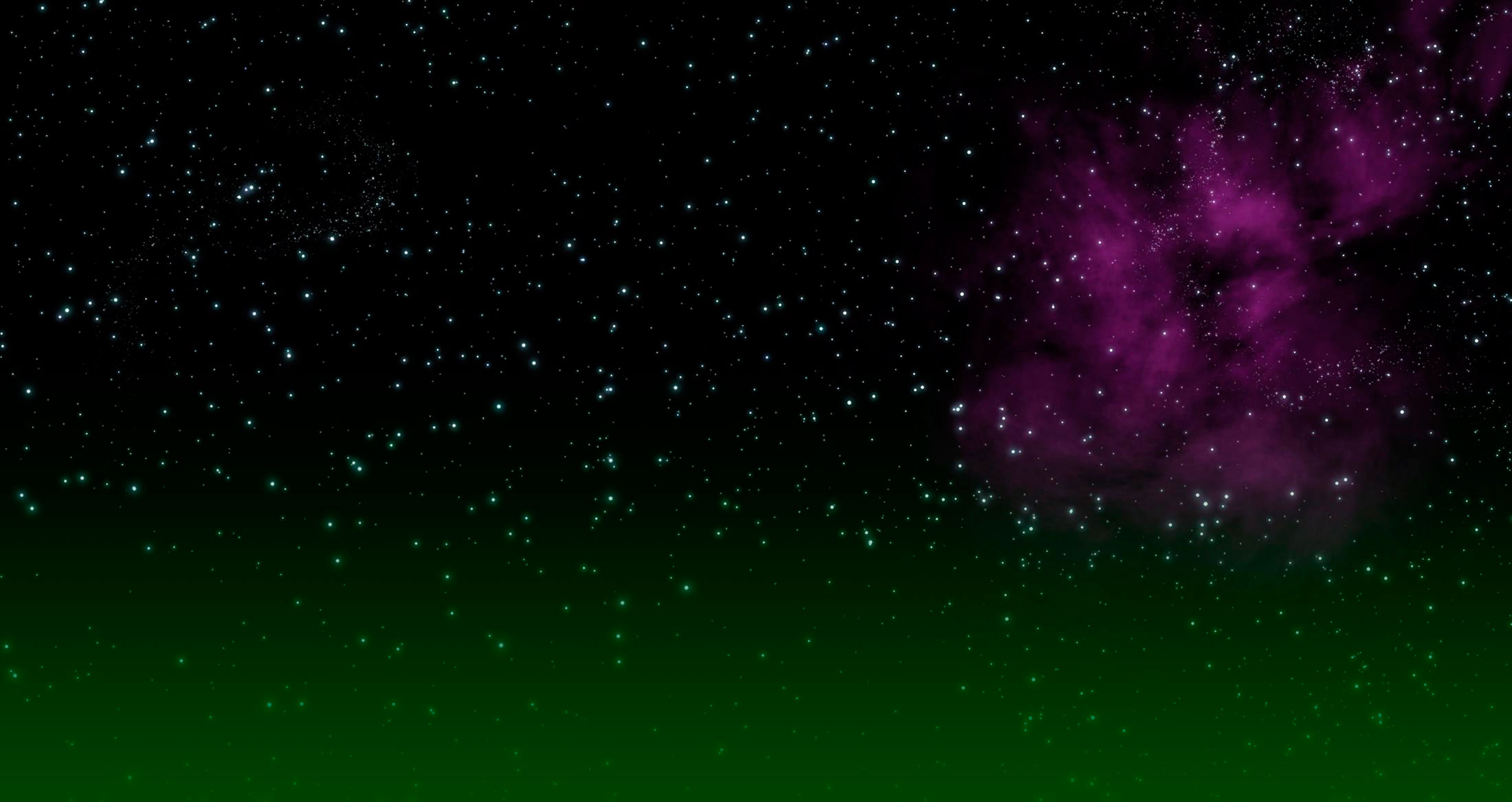 The Easter Bunny or Easter Hare (sometimes Spring Bunny in the U.S.) is a character depicted as a rabbit bringing Easter eggs, who sometimes is depicted with clothes. In legend, the creature brings baskets filled with colored eggs, candy and sometimes also toys to the homes of children, and as such is shows similarities to Father Christmas, as they both bring gifts to children on the night before their respective holiday. It was first mentioned in Georg Franck von Frankenau’s De ovis paschalibus (About the Easter Egg) referring to an Alsace tradition of an Easter Hare bringing Easter Eggs (and the negative impact of too much egg consumption). Bringing Easter eggs seems to have its origins in Alsace and the Upper Rhineland, both then in the Holy Roman Empire, and southwestern Germany, where the practice was first recorded in a German publication in the 1500s (early 16th century). The first edible Easter Eggs were made in Germany during the early 19th century and were made of pastry and sugar.
The Easter Bunny or Easter Hare (sometimes Spring Bunny in the U.S.) is a character depicted as a rabbit bringing Easter eggs, who sometimes is depicted with clothes. In legend, the creature brings baskets filled with colored eggs, candy and sometimes also toys to the homes of children, and as such is shows similarities to Father Christmas, as they both bring gifts to children on the night before their respective holiday. It was first mentioned in Georg Franck von Frankenau’s De ovis paschalibus (About the Easter Egg) referring to an Alsace tradition of an Easter Hare bringing Easter Eggs (and the negative impact of too much egg consumption). Bringing Easter eggs seems to have its origins in Alsace and the Upper Rhineland, both then in the Holy Roman Empire, and southwestern Germany, where the practice was first recorded in a German publication in the 1500s (early 16th century). The first edible Easter Eggs were made in Germany during the early 19th century and were made of pastry and sugar.
The Easter Bunny was introduced to the United States by the German settlers who arrived in the Pennsylvania Dutch country during the 18th century. The arrival of the Osterhase was considered one of “childhood’s greatest pleasures”, similar to the arrival of Kris Kringle on Christmas Eve.
According to the tradition, children would build brightly colored nests, often out of caps and bonnets, in secluded areas of their homes. The “Oster Hawse” would, if the children had been good, lay brightly colored eggs in the nest. As the tradition spread, the nest has become the manufactured, modern Easter basket, and the placing of the nest in a secluded area has become the tradition of hiding baskets.
Eggs, like rabbits and hares, are fertility symbols of antiquity. Since birds lay eggs and rabbits and hares give birth to large litters in the early spring, these became symbols of the rising fertility of the earth at the Vernal Equinox.
Rabbits and hares are both prolific breeders. The females can conceive a second litter of offspring while still pregnant with the first. This phenomenon is known as superfetation. Lagomorphs mature sexually at an early age and can give birth to several litters a year (hence the sayings, “to breed like bunnies” or “multiply like rabbits”). It is therefore not surprising that rabbits and hares should become fertility symbols, or that their springtime mating antics should enter into Easter folklore. (via Wikipedia)











